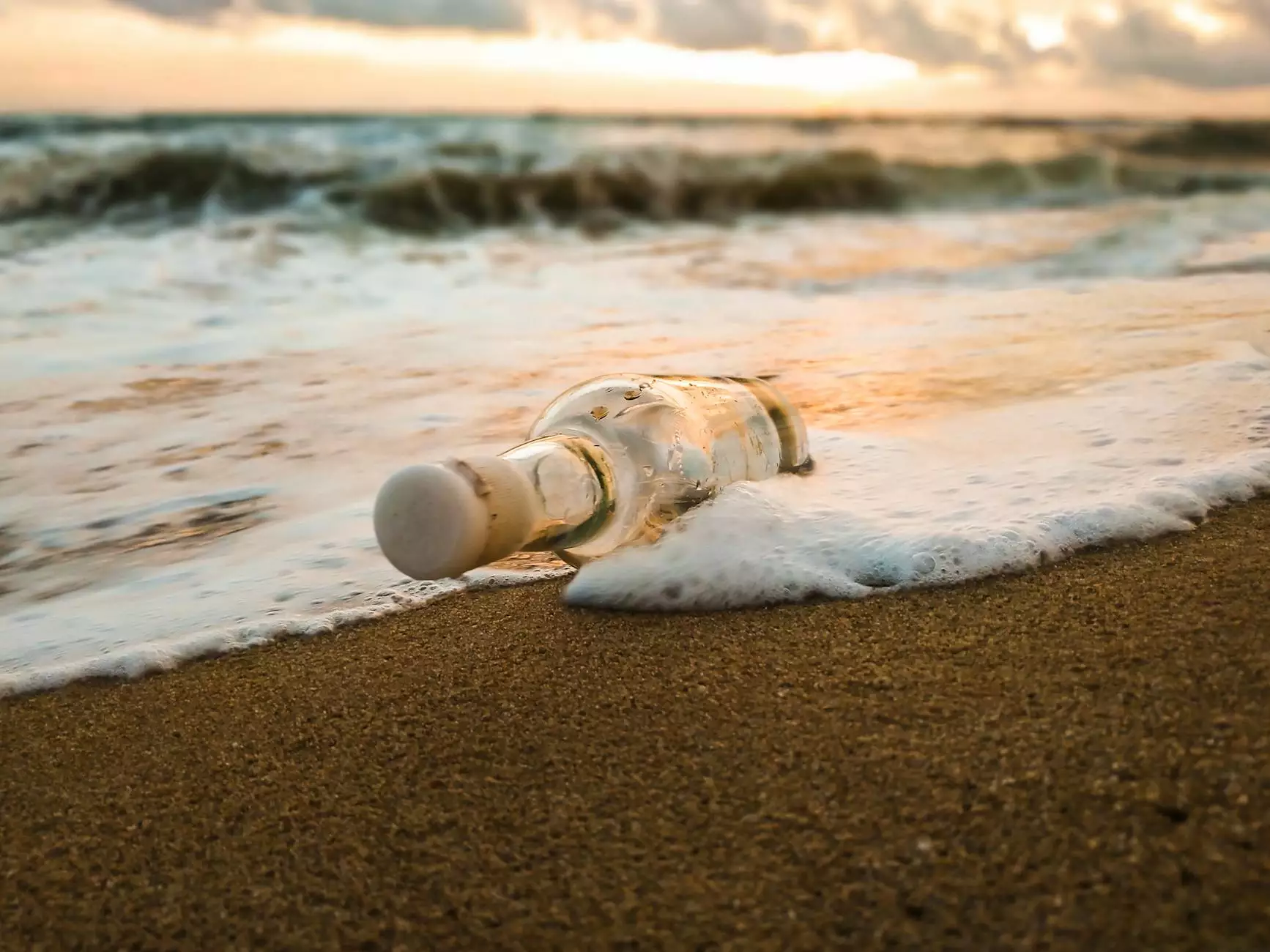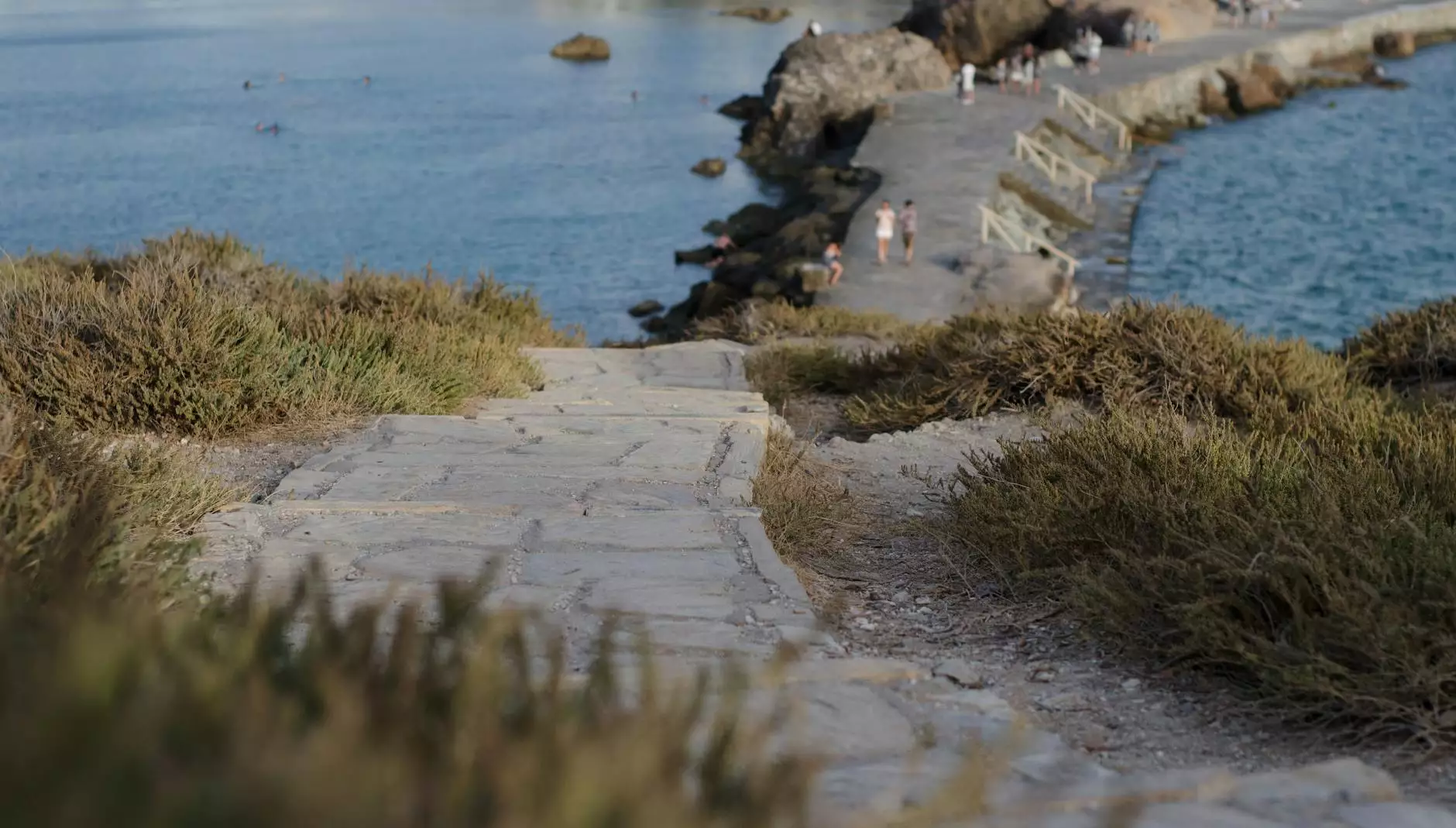The Murky Waters of the Beach Bacteria Problem
Health
Introduction
Welcome to Ageless Wisdom Magazine, your go-to source for all things lifestyle. In this article, we delve into the murky waters of the beach bacteria problem, shedding light on its impact and providing you with the information you need to stay safe during your coastal adventures.
The Beauty of the Beach
Picture yourself lounging on the sandy shores, listening to the gentle crashing of waves, and feeling the warmth of the sun on your skin. The beach is undoubtedly a paradise, offering a perfect escape from the hustle and bustle of daily life. However, beneath its surface beauty lies a hidden danger—bacteria.
Understanding Beach Bacteria
Beach bacteria are microorganisms that can thrive in coastal waters. While most beach bacteria are harmless, some can pose health risks to beachgoers. It's crucial to understand the types of bacteria that can contaminate the waters to ensure you make informed decisions about your beach visits.
Types of Beach Bacteria
There are several types of beach bacteria that can be found in coastal waters, including:
- Vibrio vulnificus
- Escherichia coli (E. coli)
- Salmonella
- Staphylococcus aureus
The Impact on Beachgoers
Exposure to contaminated beach water can lead to various health issues, such as:
- Gastrointestinal problems
- Skin infections
- Ear infections
- Respiratory issues
Staying Safe at the Beach
Despite the presence of bacteria in coastal waters, there are measures you can take to minimize the risk of exposure. Here are some tips to help you stay safe at the beach:
1. Check Water Quality
Before heading to the beach, check the water quality reports provided by local health authorities. These reports will indicate if the water is safe for swimming.
2. Practice Good Hygiene
After leaving the beach, make sure to rinse off with fresh water and use soap to wash away any potential bacteria on your body. Avoid touching your face and always wash your hands before eating.
3. Avoid Swimming Near Pollution Sources
Avoid swimming near storm drains, sewage pipes, and areas with visible signs of pollution. These areas are more likely to have higher concentrations of bacteria.
4. Stay Updated on Beach Advisories
Pay attention to any beach advisories or warnings issued by local authorities. These advisories are typically posted to inform the public about potential risks, such as high bacteria levels or harmful algal blooms.
5. Choose Suitable Beach Attire
Wearing appropriate beach attire, such as rash guards and water shoes, can provide an additional layer of protection against bacteria and other potential hazards.
Conclusion
When enjoying the beauty of the beach, it's essential to be aware of the potential risks posed by beach bacteria. By understanding the types of bacteria, their impact, and taking necessary precautions, you can continue to enjoy the coastal paradise while keeping yourself and your loved ones safe. Stay informed, stay prepared, and make the most of your beach adventures.
© 2021 Ageless Wisdom Magazine. All rights reserved. | Category: Lifestyle




